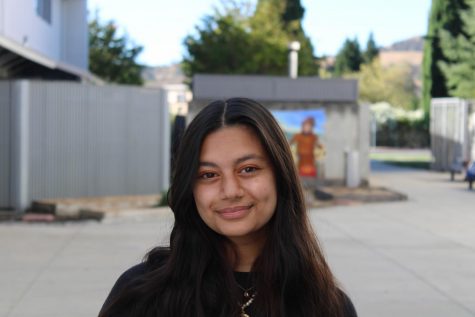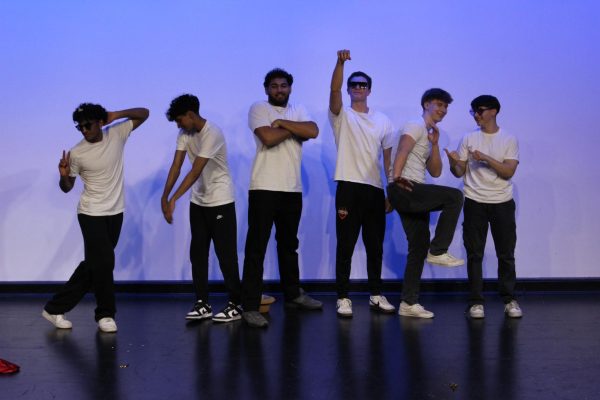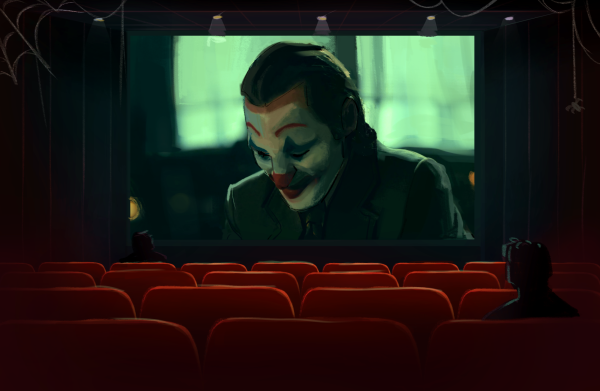‘Turning Red’ has been turning heads
Read The Californian’s take on the hottest A&E topics in our new Pop Culture Corner.
As time progresses the need for representation of different minorities is increasing, and although we’re on the right path, there are many bumps on this road.
Many different forms of representation have been executed poorly, resulting in the harsh criticism that comes with it. One of the biggest offenders of this is Disney.
Disney released its latest animated film on Feb. 21 called “Turning Red.” The film follows a young girl named Mei Lee, a Chinese Canadian who lives in Toronto. The movie portrays the conflict of many kids who are descendants of ethnic households and the often overbearing and protective parenting that follows.
Many people found this representation in the film to be of a positive execution. The movie follows Mei’s conflict with trying to uphold her mother’s expectations and incorporates many Chinese traditions throughout the film.
But, Disney had to add its personal touch by incorporating a key plot point: Anytime the main character Mei Lee feels a rush of excitement, she turns into a red panda. The movie explains this as a hereditary trait that has been carried on by her ancestors. They explain how turning into the red panda was a way her ancestors protected her family.
Although the writing of turning Mei Lee into a panda was viewed as heartwarming by many viewers, it can also be a reason to refute the opinion of this being a good representation. It’s important to give credit to Disney for including this in a diverse character catalog, but the pattern is becoming more apparent in turning these non-White characters into animals.
“Turning Red” is not the first example we see when Disney portrays good representation, but somehow doesn’t simultaneously. Examples include “Princess and the Frog” and “Soul”. Although both films feature Black characters, they focus on turning them into some living form other than human for a good 90 percent of the plot, thus ruining the representation.
Although “Turning Red” focuses on important man vs. self conflicts that ethnic kids continue to experience in a very kid-friendly way, the side plot of having Mei Lee as a red panda for much of the film affects the impact the movie could have had.
This is the first Disney movie to represent a modern-day Chinese character, and although this is a good direction in featuring more often ignored minorities, there are still adjustments that need to be made in the future to provide true representation.

Hannah Shariff is a senior at Cal high, and this is her first year reporting for The Californian. In her free time she enjoys spending time with her cats,...




